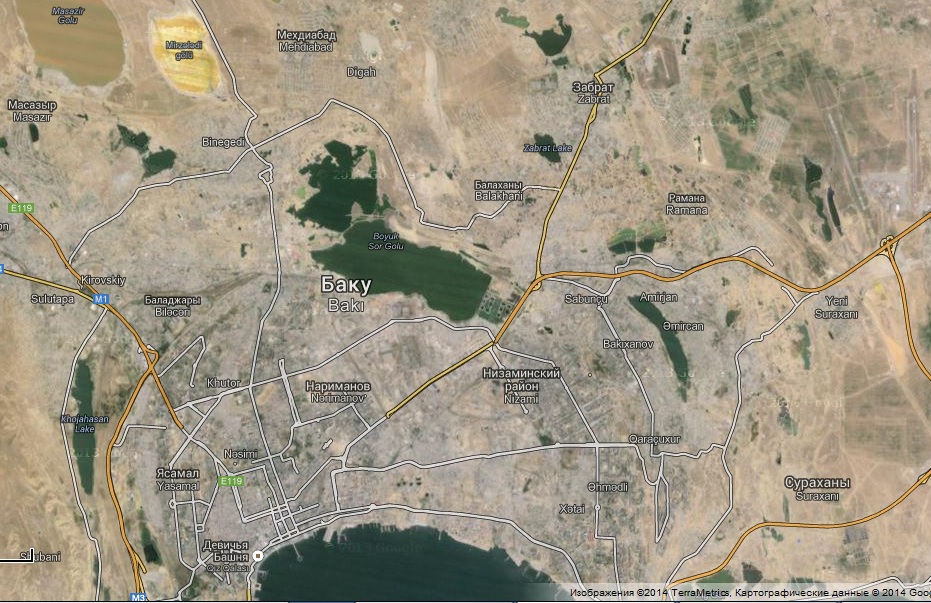Public funds to finance lake restoration in Absheron

By Nazrin Gadimova
Works on restoring nine contaminated lakes on the Absheron peninsula will be entirely financed by public funds, Chairman of the Tamiz Shahar JSC Zakir Ibrahimov said.
Saying that the state of some lakes is quite critical, he added that the Zikh Lake is the most dirty one.
"I should note that regardless of the extent of the damage to the ecosystem of the lake, they will not be drained completely," he said. "However, the procedures to reduce the area of these reservoirs will be used in the most difficult cases if the level of pollution leaves us no other choice."
The project will cover the restoration of nine lakes -Boyukshor, Khojasan, Girmizi, Gu, Zabrat, Bulbula, Zikh, Puta, and a lake in the Binagadi village of Baku. The Dutch Witteveen + Bos Company, which has great experience in restoring reservoirs in Turkey, Kazakhstan, Croatia, and other countries, is engaged in the project.
The Witteveen + Bos said the restoration of the nine lakes' ecosystem may require up to 716.14 million manat.
The rehabilitation of Boyukshor, the largest lake covered by the project, will be held in two stages. The first stage, the implementation of which is scheduled for 2014-2015, will include the separation of the most polluted part from the rest of the reservoir using the dam.
The first stage of the project will require 78.9 - 149.9 million manat, or 0.26 - 0.5 million manat per hectare of the lake. The average cost of the first stage of the project will amount to 99.5 million manat. The second stage of the restoration project, which will be implemented by 2020, will require 129.11 - 291.83 million manat, or 0.16 - 0.36 million manat per hectare. The average cost of the second stage will amount to 183 million manat.
Being Azerbaijan's second largest lake and the largest lake in the Absheron Peninsula, Boyukshor is in a bad state, because it is polluted with the waste from surrounding business facilities.
The country's Ecology Ministry said about 18 thousand cubic meters of industrial and communal waste is disposed of in the lake. The oil waste waters from the oil exploration and production boom of 1930s are one of the main sources of pollution.
The first oil storage reservoir was built near the lake in 1866, and the ecological state of the lake was placed in extremely poor category in 2004. In addition to that, the construction works which started with drying out the lake caused more pollution for the residents of the area.
Expert have alleged that while dehydrating the lake, sediments spread by the wind will cause more ecological problems. The lakes' pollution not only poses a threat to the health of those living in its neighborhoods, but also creates the potential conditions for the emergence of different diseases.
Most of these lakes dry up in summer, and a layer of salt emerging there contaminates the surrounding areas.
